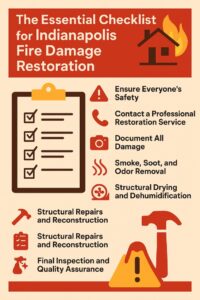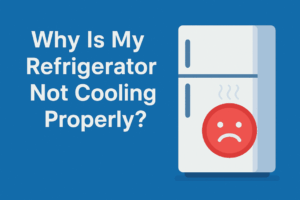A well-maintained dock is essential for any waterfront property, providing safe access to water activities and enhancing the overall aesthetic appeal of your space. However, docks can experience wear and tear over time due to exposure to the elements, regular use, and water conditions. Recognizing the signs that your dock needs immediate attention is crucial to preventing costly repairs and ensuring safety.
Key Indicators That Your Dock Requires Immediate Attention
Here are some key indicators that it’s time to take action.
1. Visible Damage to the Structure
One of the most apparent signs that your dock needs immediate attention is visible structural damage. Look for cracks, splintered wood, or broken boards. These issues can compromise the safety of your dock, increasing the risk of accidents. If you notice any significant damage, it’s essential to address it promptly. Even minor cracks can worsen over time, leading to more extensive damage and higher repair costs.
2. Loose or Missing Hardware
Inspect your dock’s hardware, including bolts, screws, and connectors. Loose or missing hardware can lead to structural instability and pose a safety hazard. If you find any loose fittings, tighten them immediately. If you’re missing hardware, replace it as soon as possible to prevent further issues. Regular maintenance checks can help ensure all hardware remains secure.
3. Unpleasant Odors
If you notice unpleasant odors emanating from your dock, this may be a sign of mold or mildew growth. These issues often arise from waterlogged wood or prolonged exposure to moisture. Mold and mildew can not only damage your dock but also pose health risks for those using it. If you detect these odors, it’s crucial to investigate further. Cleaning or replacing affected materials is necessary to maintain a safe and pleasant environment.
4. Wobbling or Unstable Sections
When walking on your dock, pay attention to how it feels underfoot. If you notice any wobbling or unstable sections, this could indicate that the underlying structure is compromised. Wobbling may be a result of deteriorating pilings or support beams. Addressing these issues promptly is vital for safety, as an unstable dock can lead to falls or injuries.
5. Water Damage and Rot
Water damage is a common issue for docks, especially those made of wood. If you notice soft spots or areas where the wood feels spongy, this may indicate rot. Water damage can weaken the structural integrity of your dock, making it unsafe for use. Consider a professional assessment for areas affected by rot, and address the problem with appropriate dock repair solutions.
6. Algae and Fungal Growth
While some algae growth is natural in aquatic environments, excessive growth can signal underlying problems. Algae can thrive on a dock’s surface, making it slippery and hazardous. Additionally, fungal growth can indicate that the wood is retaining too much moisture. Regular cleaning and maintenance can help prevent these issues, but if you notice significant growth, it may be time to call in professionals for a thorough inspection and treatment.
7. Signs of Insect Infestation
Insects such as termites or carpenter ants can wreak havoc on your dock’s structure. If you see signs of insect activity, such as small holes in the wood or sawdust piles, it’s critical to act quickly. Insect infestations can lead to severe damage if left unchecked. Contacting a pest control professional to address the issue and prevent further damage is vital.
8. Changes in Water Level or Erosion
Changes in water level or erosion around your dock can indicate underlying issues that need attention. If you notice that the water level has changed significantly or that the ground beneath your dock is eroding, it could compromise the dock’s stability. Regularly monitoring the conditions around your dock can help you catch these changes early and take necessary precautions to secure it.
9. Frequent Repairs
If you find yourself frequently making repairs to your dock, it may be a sign of deeper issues. Constantly patching up problems can lead to increased costs and headaches. Consider whether it’s more economical to invest in comprehensive dock repair rather than temporary fixes. Consulting with professionals can provide insights into the best approach for maintaining your dock in the long run.
10. Compliance with Local Regulations
Finally, ensure that your dock complies with local regulations and safety standards. In many areas, docks must meet specific requirements to ensure safety and environmental protection. If you’re unsure about your dock’s compliance, it may be worth consulting local authorities or dock repair specialists. Keeping your dock up to code not only protects your investment but also ensures safety for all users.
Conclusion
Being proactive about dock maintenance is key to ensuring its longevity and safety. Regular inspections can help you identify issues before they become significant problems. If you notice any of the signs mentioned above, it’s essential to take immediate action. Professional dock repair services can address these issues effectively, helping you restore your dock to its optimal condition. For expert assistance, consider reaching out to professionals who specialize in dock repair. CVS Restorations is dedicated to providing high-quality dock repair and restoration services tailored to meet your needs. With a commitment to customer satisfaction and a focus on using durable materials, their experienced team ensures that your dock remains a safe and beautiful feature of your property.









